
Alternator Quick Test
Mark SimpsonNothing can make your mood sink faster than a classic car that will not start, and the problem is only compounded if you are away from home. Oftentimes a jump will get the car started again but diagnosing a problem on the side of the road with limited tools requires a little more resourcefulness. One quick test might give you a better idea on whether or not your alternator is working, using only a screwdriver.
The rotor in the center of the alternator is a large electromagnet and a quick test is to simply touch a screwdriver to the center back side of the alternator and feel for a magnetic draw. If the alternator windings are being energized you should feel the screwdriver draw into the back of the alternator, if no draw is felt the alternator may have failed and additional testing is needed.
A multimeter can also give you important feedback in diagnosing a faulty alternator, and nowadays inexpensive ones can be purchased for just a few dollars making it a must have addition to your roadside toolkit.
Here’s a step-by-step procedure to test an automotive alternator using a digital multimeter:
1. Connect the multimeter: Set the multimeter to the DC voltage setting and connect the red probe to the positive terminal of the battery. Connect the black probe to a good ground on the vehicle, such as the negative battery terminal or a metal part of the engine block.
2. Battery voltage test: Measure the voltage across the battery terminals. A healthy, fully charged battery should read around 12.6 volts. If the battery voltage is significantly lower, the alternator may not be charging properly.
3. Start the engine: Have someone start the engine while you observe the multimeter.
4. Measure voltage output: With the engine running at idle speed, observe the multimeter reading. It should show a voltage higher than the battery voltage (around 13-14 volts) if the alternator is functioning correctly. If the reading is the same or lower than the battery voltage, the alternator may be faulty.
5. Rev the engine: Increase the engine speed to around 2000-3000 RPM and observe the multimeter reading. The voltage should rise to around 13.5-14.5 volts. If the voltage remains low or fluctuates significantly, it indicates a problem with the alternator.
6. Load test (optional): To further evaluate the alternator’s performance, you can perform a load test by turning on various electrical components, such as headlights, air conditioning, and rear defroster. Observe if the alternator can maintain a stable voltage output under increased electrical load.
Explore videos by Mark Simpson
You may be interested in
Premium Membership
Unlock exclusive member content from our industry experts.
- 24/7 Access to Premium Videos, Tips, and Techniques
- Step-by-Step Instructional Demos, Guides, and Tutorials
- 50% Off Video Downloads Purchased in the Classic Car Restoration Shop
- Access to Ask the Expert Program
Unlock exclusive member content from our industry experts.
- 24/7 Access to Premium Videos, Tips, and Techniques
- Step-by-Step Instructional Demos, Guides, and Tutorials
- 2 Full-Length Video Downloads to Watch Offline
- 50% Off Video Downloads Purchased in the Classic Car Restoration Shop
- Access to Ask the Expert Program
Gold Membership
$304 Value
Get everything included in Premium plus exclusive Gold Membership benefits.
- 24/7 Access to Premium Videos, Tips, and Techniques
- Step-by-Step Instructional Demos, Guides, and Tutorials
- 10 Full-Length Video Downloads, added to your account, to Watch Offline
- ‘Wheel Bolt Circle’ Downloadable Guide, added to your account
- Discounts on Purchase-to-Own Content in the Classic Car Restoration Club Shop
- Access to Ask the Expert Program






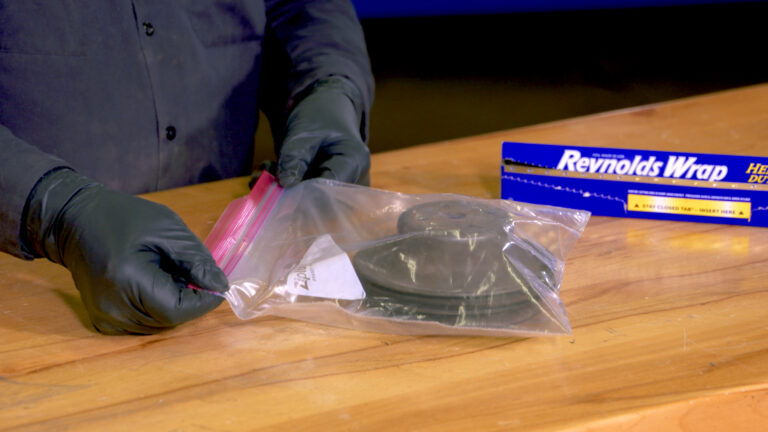

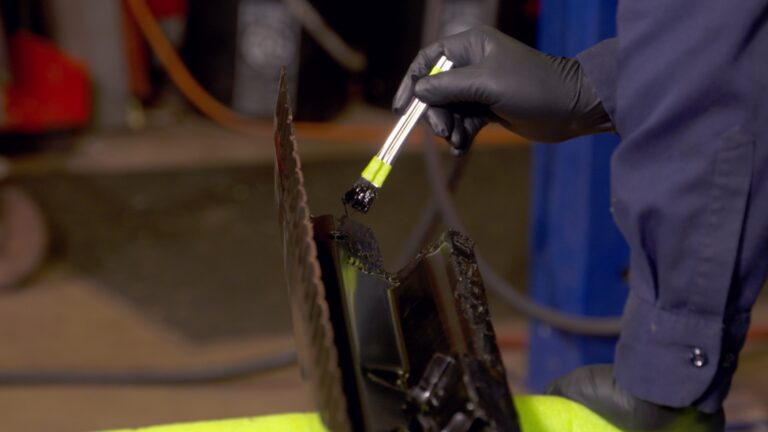






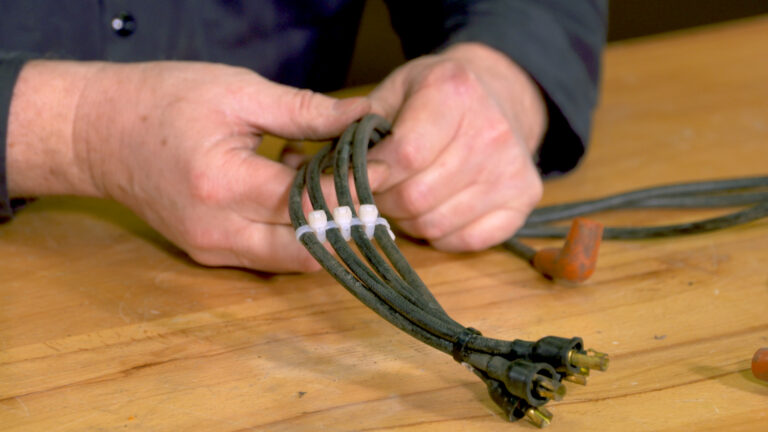




































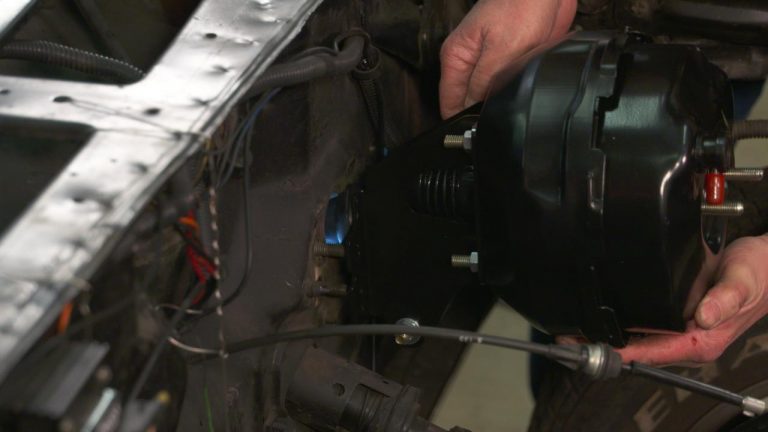


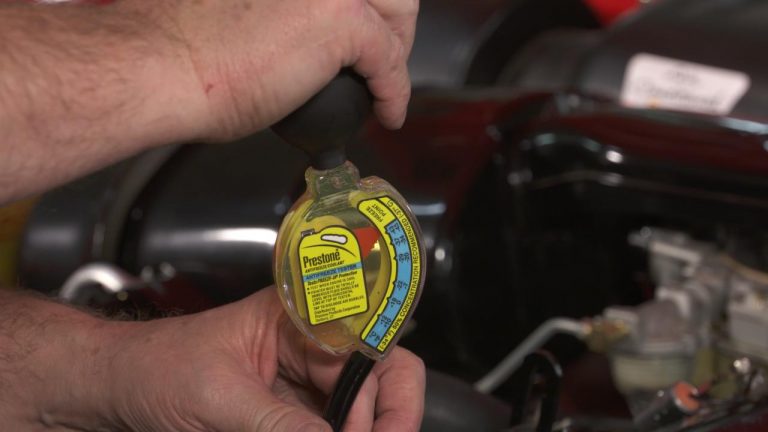


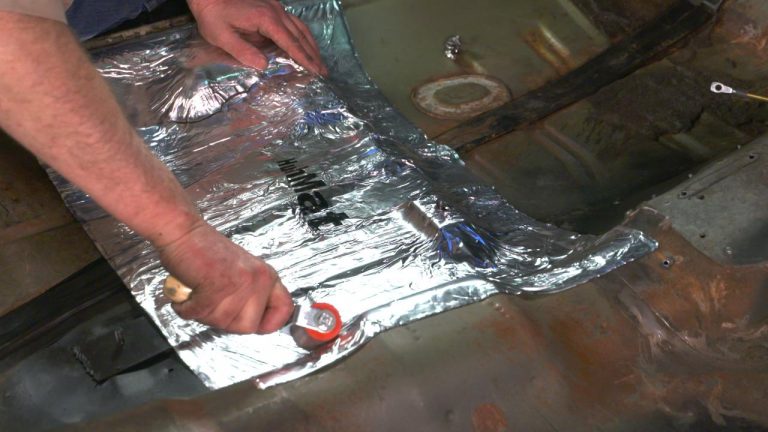




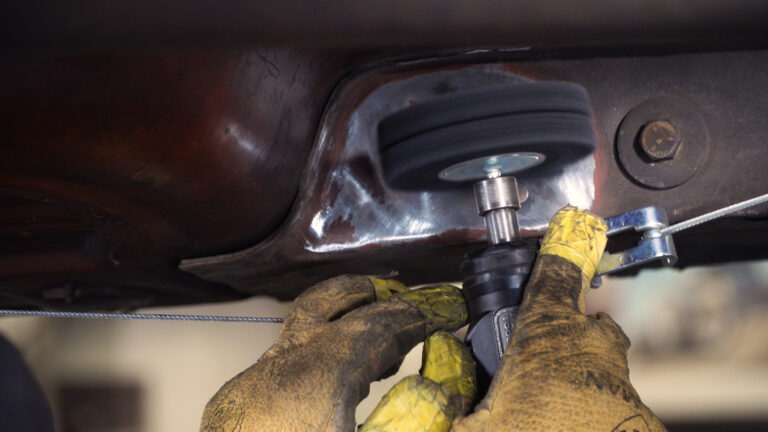


Share tips, start a discussion or ask one of our experts or other students a question.
Already a member? Sign in
No Responses to “Alternator Quick Test”